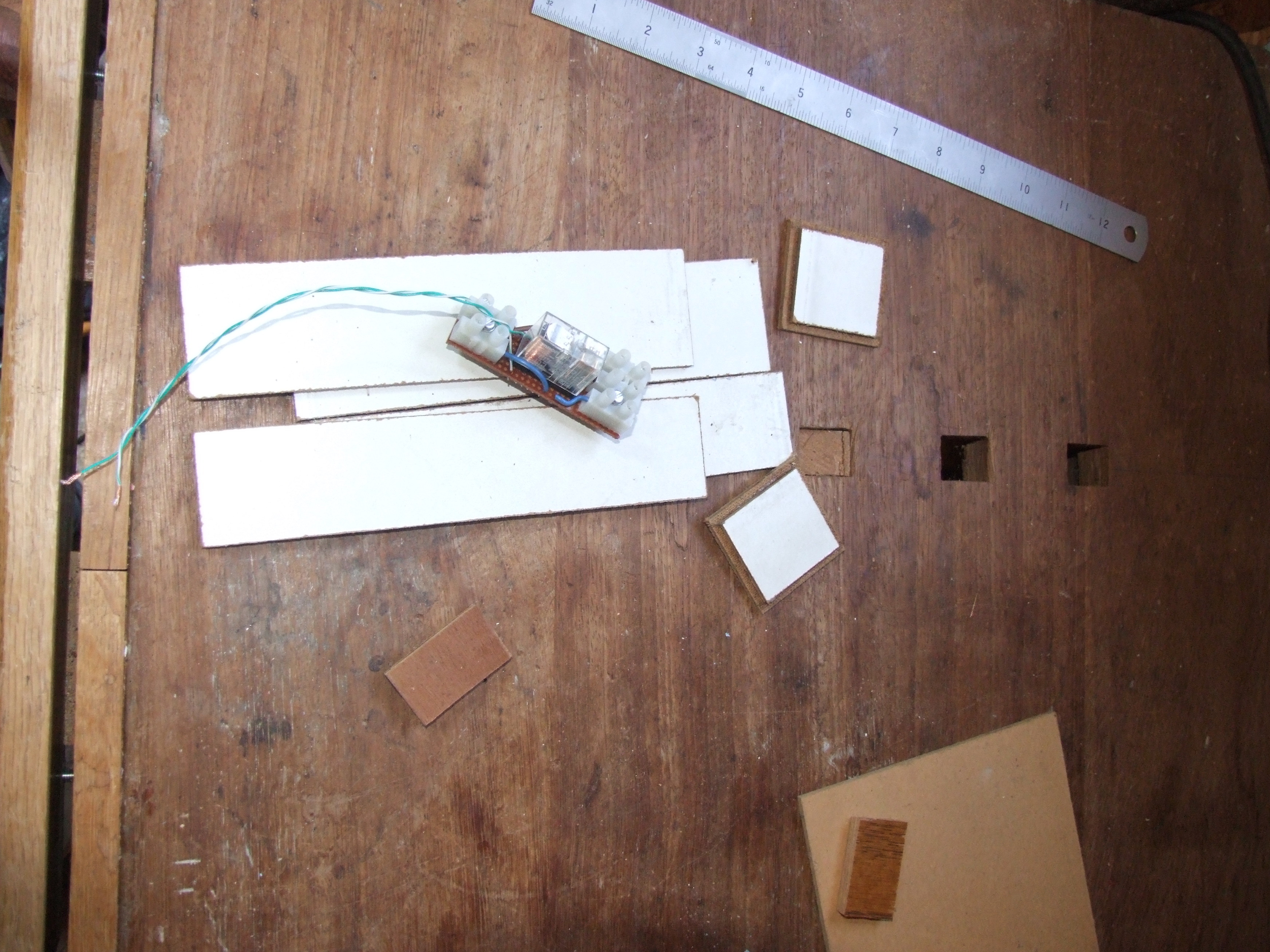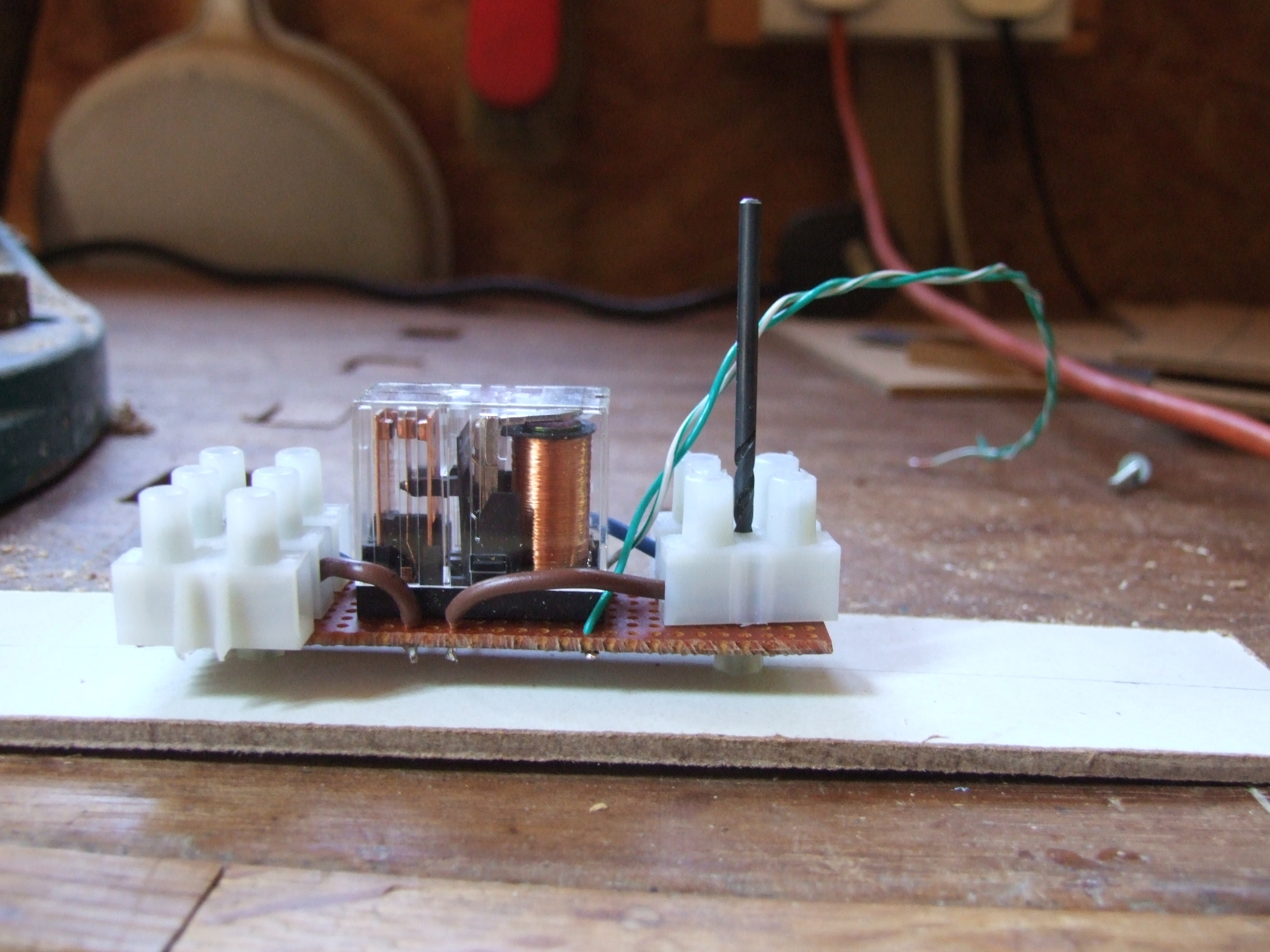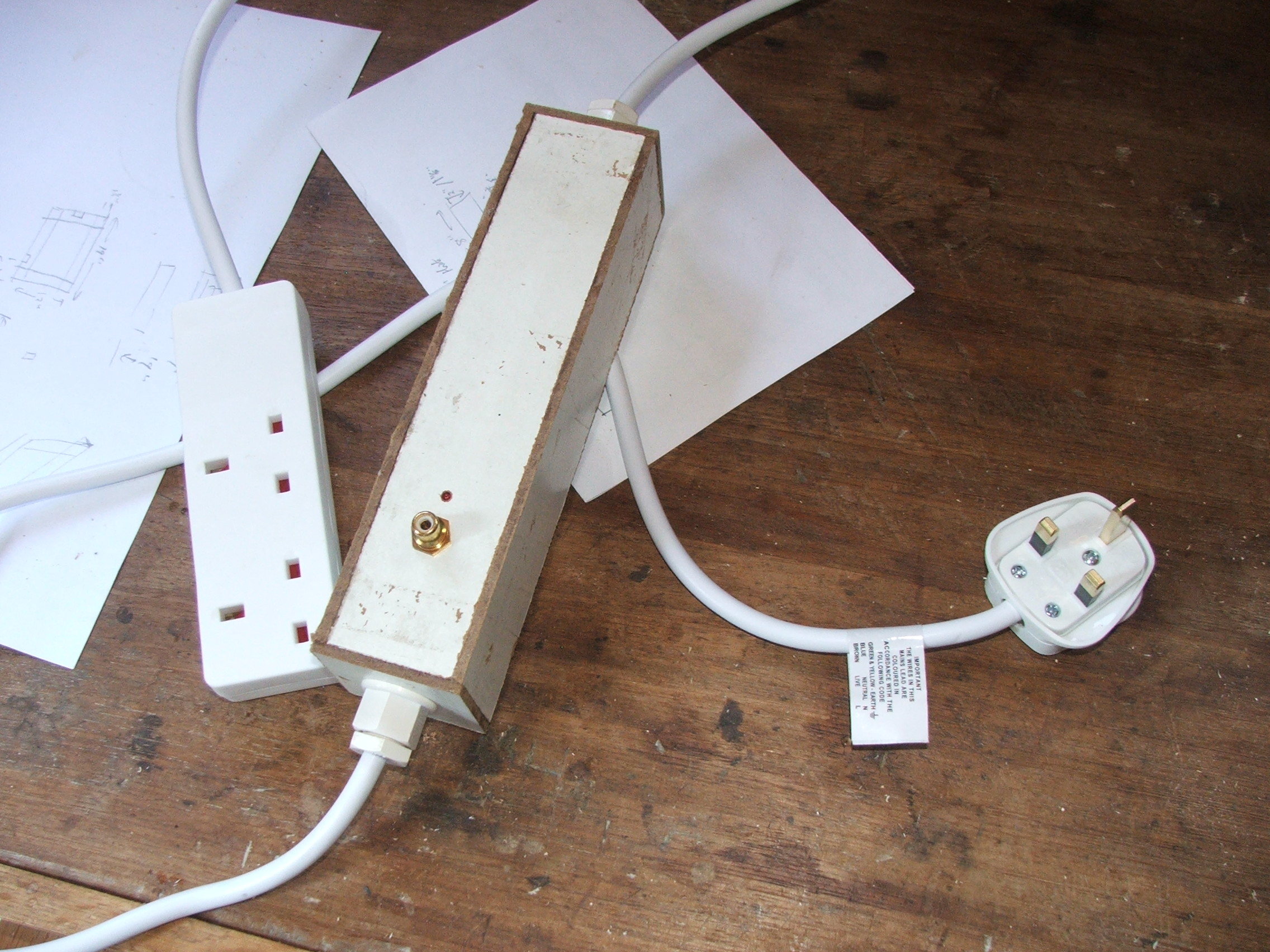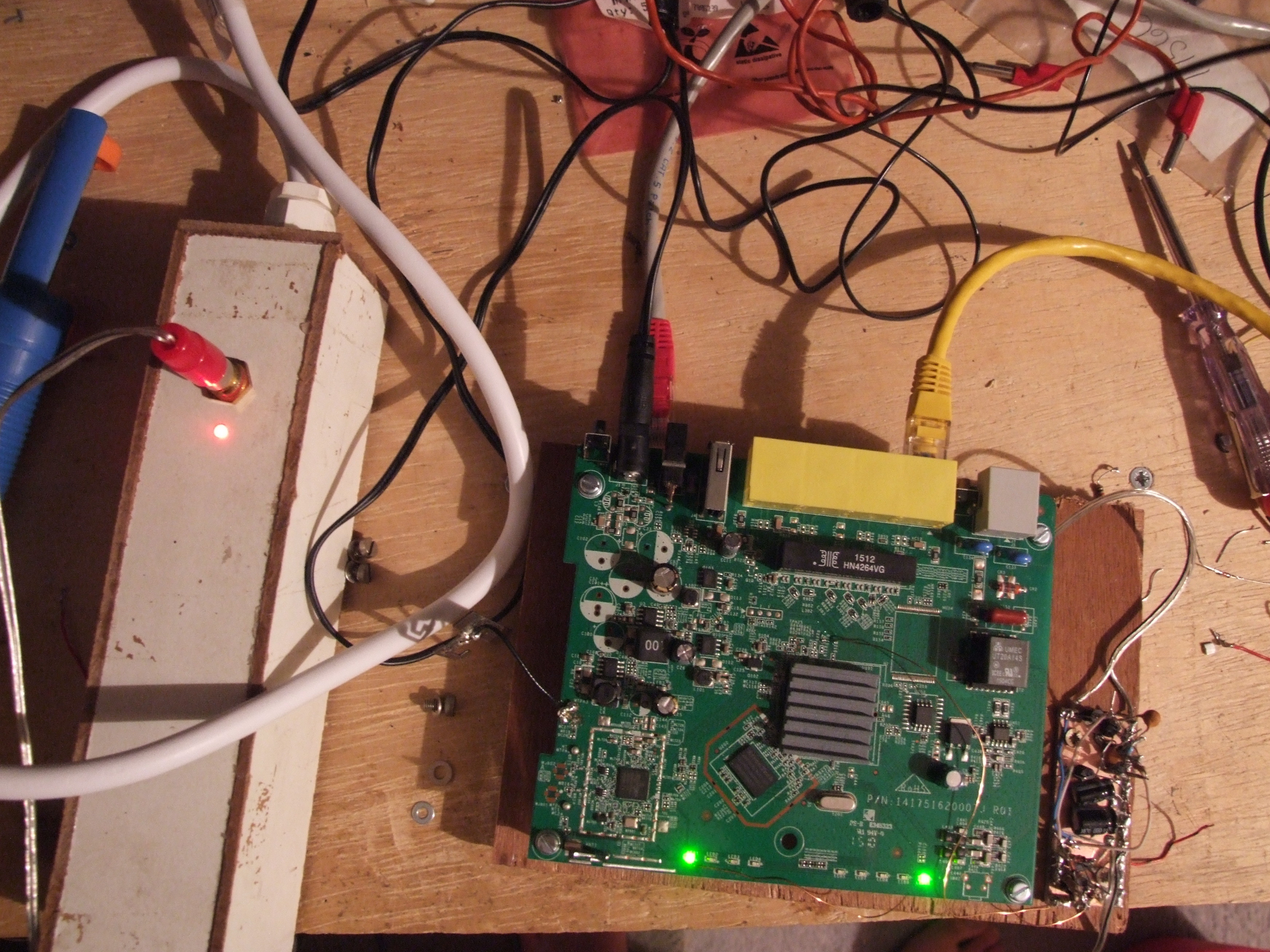The internet in Durham, which was allowing me to use the workstation there remotely, has gone down; support tell me to ’turn it off and on again’. But obviously I can’t do that remotely. Ah well, it wasn’t really needed. But what if it were? I’ve run servers over unreliable wifi links with good uptime before, with a failsafe script which rebooted everything if it couldn’t ping the gateway for too long—and looking at the logs, sometimes it was needed. But I can’t reboot the router (and though I’ll replace it, there’s little opensource DSL firmware, so I’m never going to be able to reboot the modem). So what we need is the remote equivalent of pulling the plug out and putting it back in again. I have a few of those Poor Man’s Rasberry Pi boards lying around; one could surely be made to pulse a relay if it can’t ping after a while? But the only relays I have (mainly rescued from a faulty boiler) are designed for industrial 24v DC. I hunted for a while and then gave up on finding any 12v relays. Isn’t there a circuit called a voltage doubler? As usual, SM0VPO has some information. I was going to use a 555 timer, but that shamed me: I can still build a discrete multivibrator—it was one of the first circuits I ever built, after all. But first off the relay inline in an extension cord. Here I made a completely daft error: the box is about 100% too long, because I thought the cable exit grommets went the other way round. But anyhow, here is how to make a box out of hardboard, that most intractable thing:
Well that wasn’t too bad. One face is screwed with very small screws into small bits of ply glued on the inside of another face. Here’s the thing all wired up:
Now for the circuitry. First I built a simple doubler and switched the whole thing as the load of a bc547 common-emmiter switch. Then I found an easily accessible gpio and soldered a length of magnet wire to it: first problem—it boots up high. Now we can’t simply invert that, as the line will go low when the board reboots, and it should be able to do that without switching the load. So the first idea was to AND one inverted and one ordinary GPIO, so I built the rather silly bit of RT/DL on the LHS of the schematic. Except that the firmware goes into failsafe mode if it detects any kind of load on some of the GPIOs, and one of those I’d picked was clearly one of them. Worse, in testing it I managed to short the 12v rail to ground, and something on the board blew up with a nasty smell. On reboot it refused to boot; I hunted for a while and then gave up. So that board is now scrap (aren’t we glad it’s not a Pi!). For the 99p it cost you couldn’t even get the PSU, so I’m not too heartbroken. A better idea, I decided, was to use the power LED and the GPIO it didn’t mind me connecting to something. So the final schematic:
And after logging in remotely, I can turn the relay on and off by setting gpio 18 low:
Now to take it up to Durham and see if it works up there—and whether
it scares anyone. _Update: _After about two months of constant usage,
I have not had to reset the internet by hand once. Looking at the
logs, it frequently goes down, but generally resets itself; so far
we’ve needed about three reboots. Incidentally, when using this
manually to reboot the internet, one must remember to start screen
and then execute something like relay_on.sh; sleep 10; relay\_off.sh
otherwise it turns off the router you are using to connect and you
can’t turn it on again, short of unplugging the relay. The board has
plenty of spare cpu power, and is also the DNS server, and keeps track
of the public IP address.









